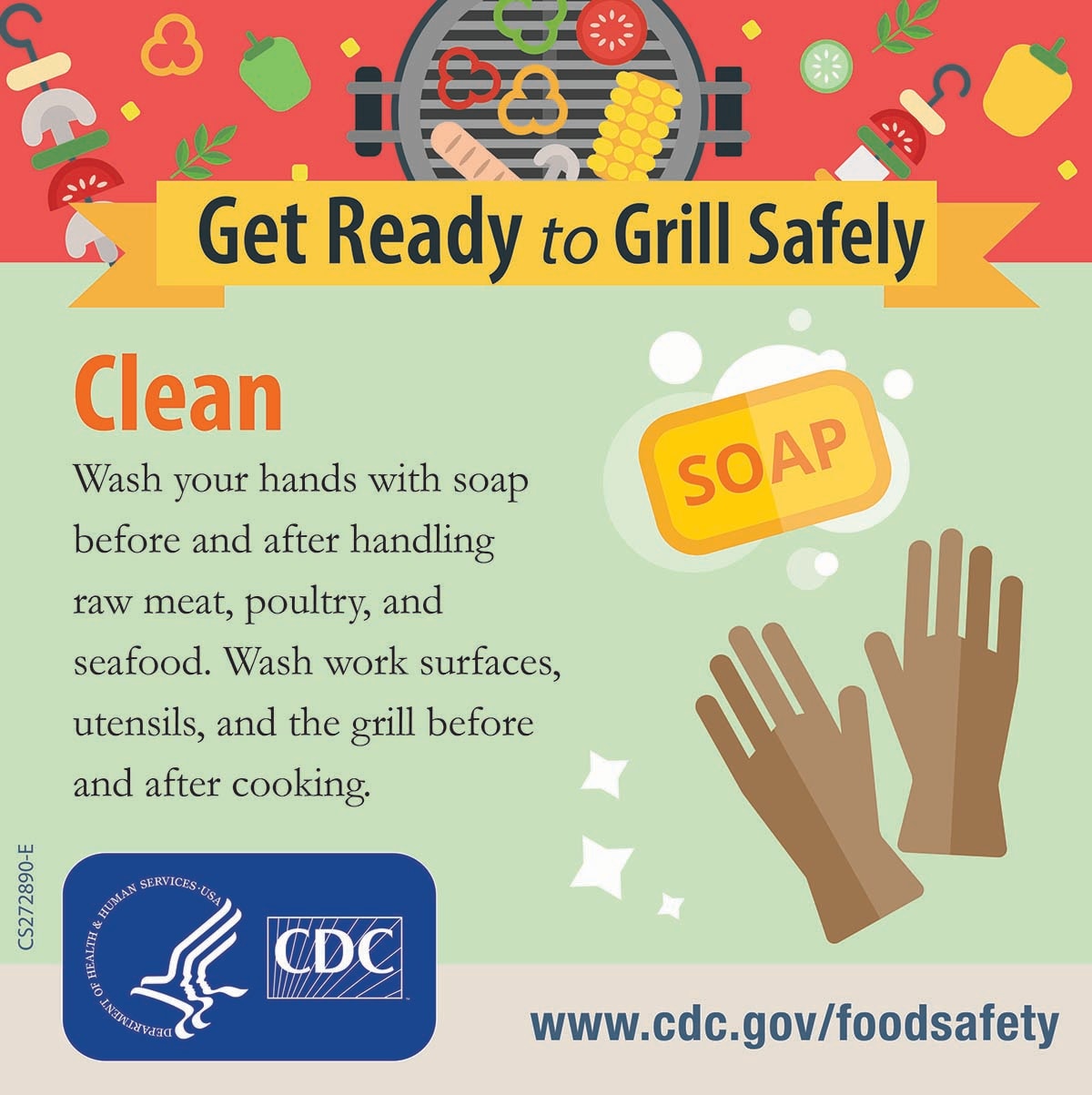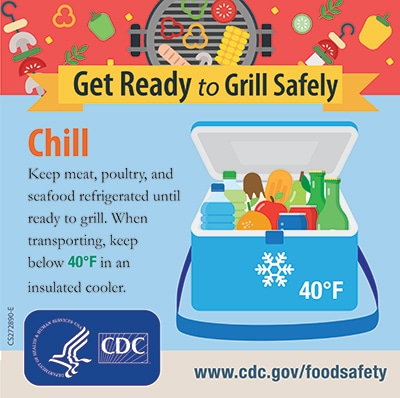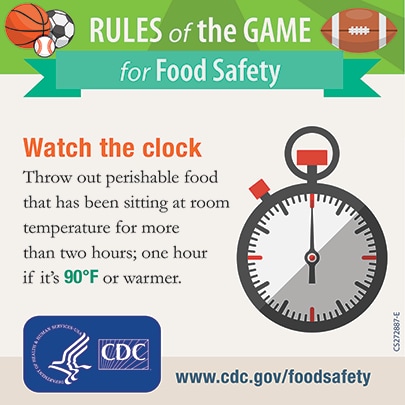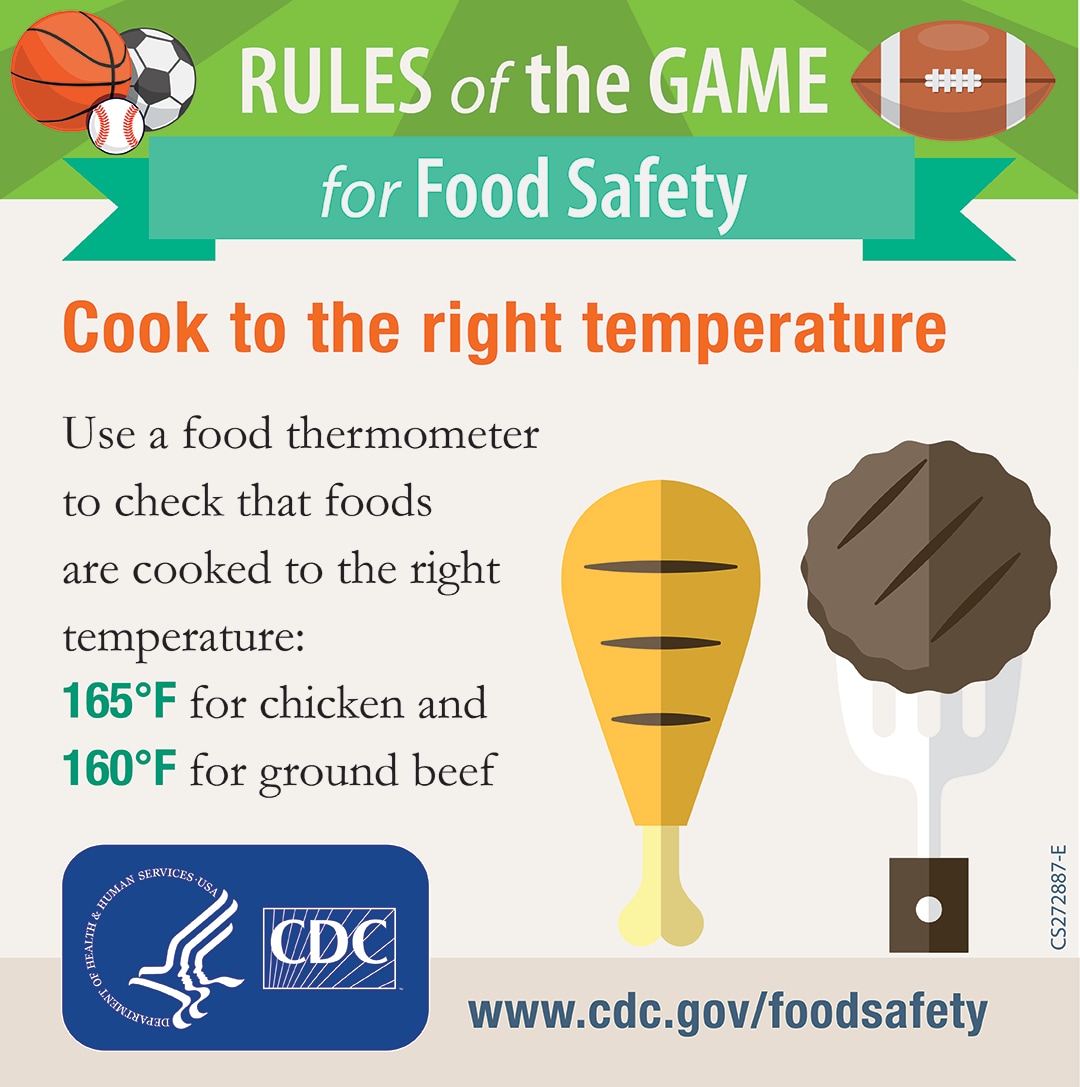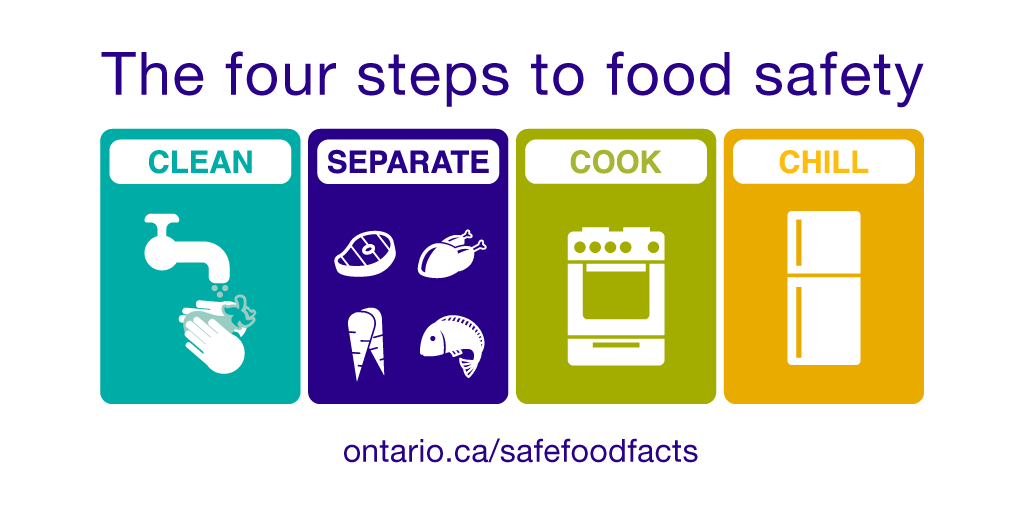I know the requirements can limit things, but there's still plenty of room for fun.
Here are some important things to keep in mind while you plan and prepare your meals.
1. Purpose. The purpose of this merit badge is to learn how to plan, and prepare well-balanced and healthy meals for everyday life as well as hiking and camping. In other words to BE PREPARED FOR LIFE! The requirements state that you need to use MyPlate and I will expect that. There are some things that MyPlate doesn't specifically address though and I'd like to do that here.
2. Have fun. I would hope that you all enjoy food. Yes, you need to plan with MyPlate in mind and yes, you need to meet the requirements, but when planning think about what you like and what you think others would like. Enjoy learning a new skill and think about how it will help you for the rest of your life and enjoy it.
3. Carbohydrates. Comprehension of Carbohydrates is not required but good to know for life, which is the overall purpose of this merit badge. So for well-balanced nutrition you absolutely need carbohydrates. They are where you get your energy. Keep in mind that you CAN have too much of a good thing though.
Carbohydrates include both sugars and starches.
Sugars go pretty quickly into your blood stream and starches turn to sugar in your system at varying rates. Carbohydrates give you energy and that’s a good thing, but too much sugar in your blood actually makes it thicker and harder to pump and if you don’t use all that energy it gets turned to fat.
Where you find carbs:
Starchy Foods: Starchy foods include grains, legumes (dry beans), bananas, peas, corn, potatoes and winter squash (like pumpkin). For most of those they are healthier if you eat the whole food, like whole grain foods and potatoes cooked in their skins, and apples with the peel, etc. If it’s edible it’s generally a good idea to eat the skin/peel.
Sugary Foods: There are also different sugars. Fructose found in fruit, and lactose found in milk and soft dairy products (like cottage cheese and yogurt). Plus things with refined sugar added in including syrups, brown sugar, etc. Some vegetables like carrots and beets also have quite a bit of sugar, but usually are not eaten in quantities to cause problems.
COMPLEX carbohydrates are the kind of carbs which you WANT to eat. They are carbs that haven’t had their dietary fiber removed (like the peels and such) and often have protein. Whole grains and legumes are a good source. The dietary fiber and the protein in these foods offer additional needed nutrition but also help you to feel full longer, help with digestion and give you sustained energy because they change to sugar at a slower rate than refined starches. It’s generally good to avoid too many carbs at once so you don’t have a sugar high followed by a crash. Spread evenly throughout the day with meals and snacks is best.
Carbs in your meals:
Grain: Try to get whole grains where possible
Legumes/Beans: Beans are a good choice because they have complex carbs and have iron and protein as well!
Fruit: Bananas are hard to pack without bruising and they have double carbs with both fructose and starch. They'd be find for a meal that is already low carb.
Vegetables: In a meal that already has a lot of carbs try to use non-starchy vegetables. Non-Starchy veggie examples: broccoli, asparagus, salad, cucumbers, summer squash (zucchini and yellow squash), tomatoes or tomato sauce, peppers, celery, etc.
4. Plan with MyPlate: There is a ton of information on THIS POST about the different food groups and how to figure out how much you need as well as food galleries so you can get fresh ideas for each food group. Here are a couple visuals to help you as well.
.jpg)
 5. Dairy/Water: I think MyPlate is a vast improvement over the pyramid, but the dairy up off the plate is a bit misleading, as if you don’t actually eat dairy on your plate. It also continues to ignore water. So don’t forget that you can eat dairy as well as drink it. And remember no, matter how you get your dairy don’t forget your WATER! Again, it’s not a specified part of the requirement, but a good habit for life. You have milk to drink with the majority of your meals. I would swap out some of the milk to drink for some other dairy in the meals, just for variety, but milk to drink is ok.
5. Dairy/Water: I think MyPlate is a vast improvement over the pyramid, but the dairy up off the plate is a bit misleading, as if you don’t actually eat dairy on your plate. It also continues to ignore water. So don’t forget that you can eat dairy as well as drink it. And remember no, matter how you get your dairy don’t forget your WATER! Again, it’s not a specified part of the requirement, but a good habit for life. You have milk to drink with the majority of your meals. I would swap out some of the milk to drink for some other dairy in the meals, just for variety, but milk to drink is ok.The USDA has this handy document about good beverage choices, which pretty much boils down to: DRINK MORE WATER!
One issue I've had with Menu Planning is that the scouts will have a menu that says
something like “Hungry Man’s Mash” which doesn’t tell me at all what is in
it. I’ve also seen the opposite where there is a list of foods but I have to guess what the finished product will be and how it is prepared. The chart should be helpful in clarifying
that.
You can download and print that here: MEAL PLANNING HELPER PACKET.
8. Price: Generally 3 meals should be around $7 or less per person. Hiking meals tend to be a little more, up to $9 per person for the 3 meals.
If you are planning for more than 3 meals non-hiking meals average out to $2.30 per meal and hiking meals, $3 a meal.
Keep this in mind when you are planning.
If you are planning for more than 3 meals non-hiking meals average out to $2.30 per meal and hiking meals, $3 a meal.
Keep this in mind when you are planning.
9. READ, UNDERSTAND AND APPLY THE REQUIREMENTS: It happens fairly frequently that a scout will come to me believing they are done with a part of this only to discover they missed part of the requirement. They are very wordy, so I put them in a chart. It is SO MUCH EASIER to see at a glance what you need to do for each requirement. You can find those on the Documents Page.

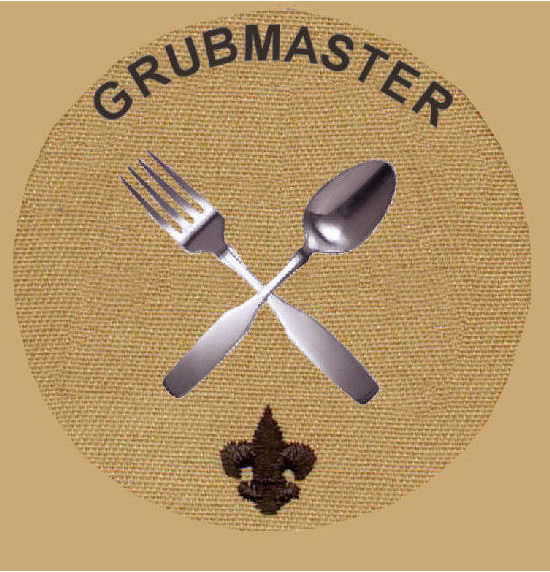



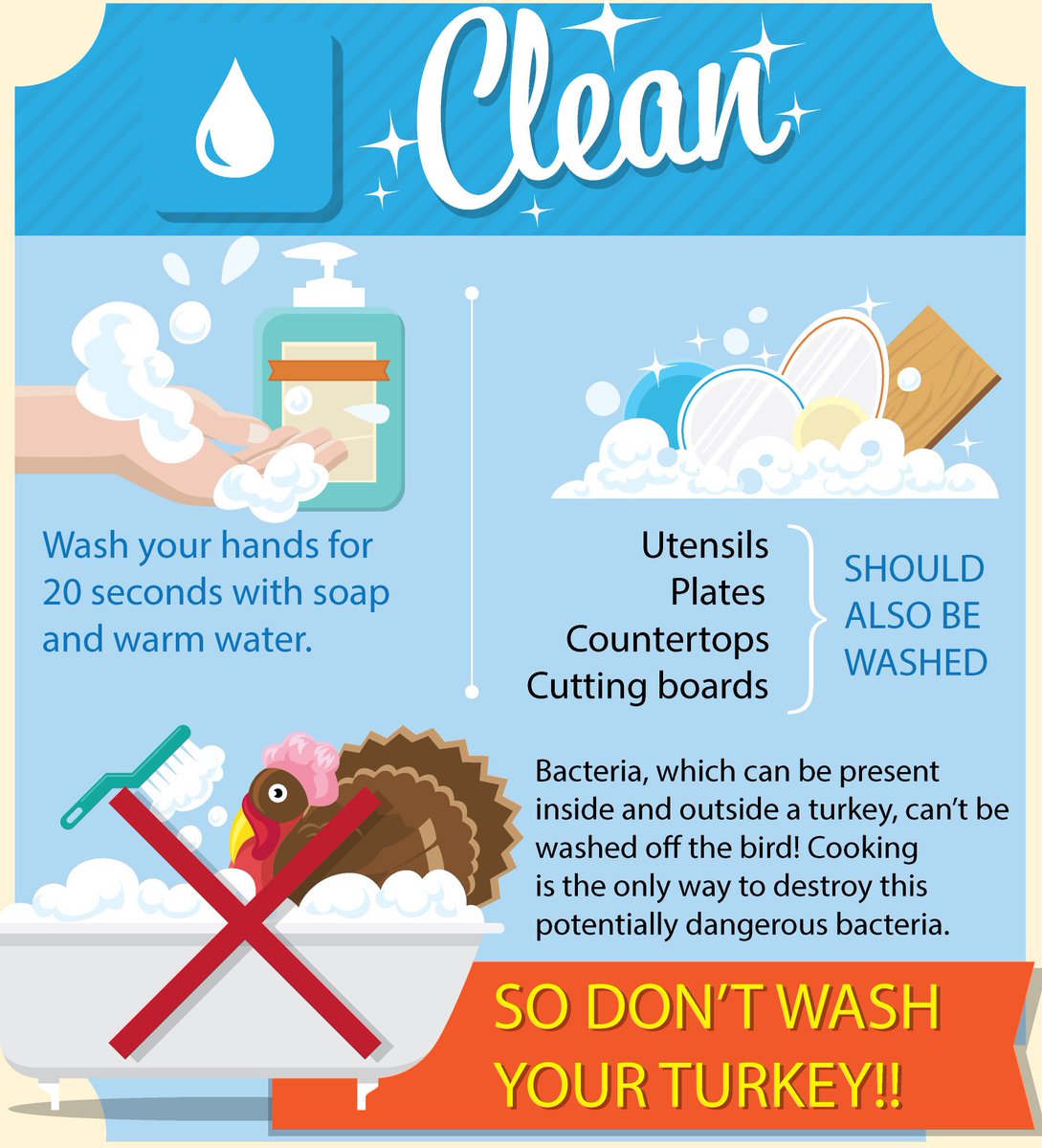


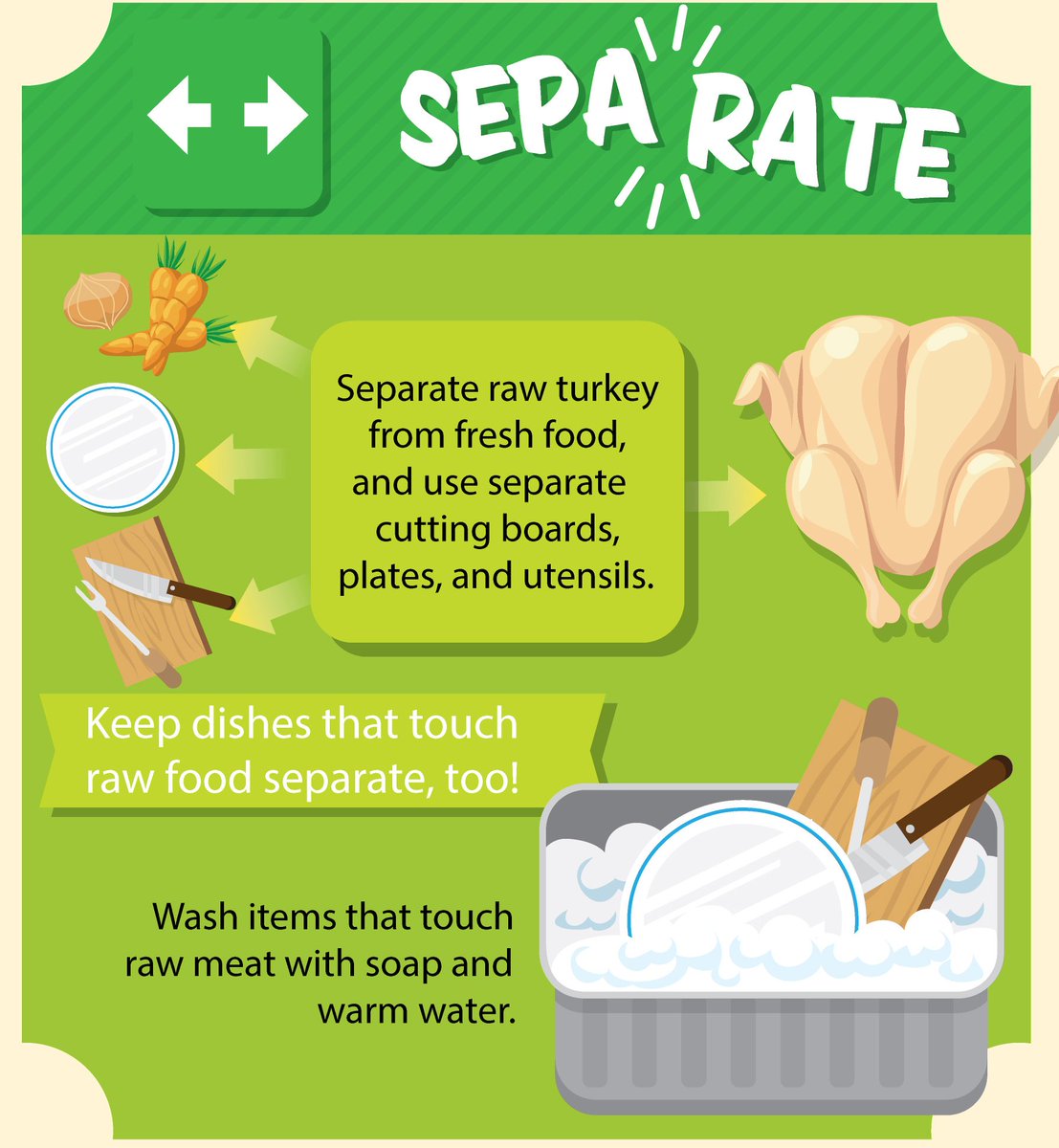
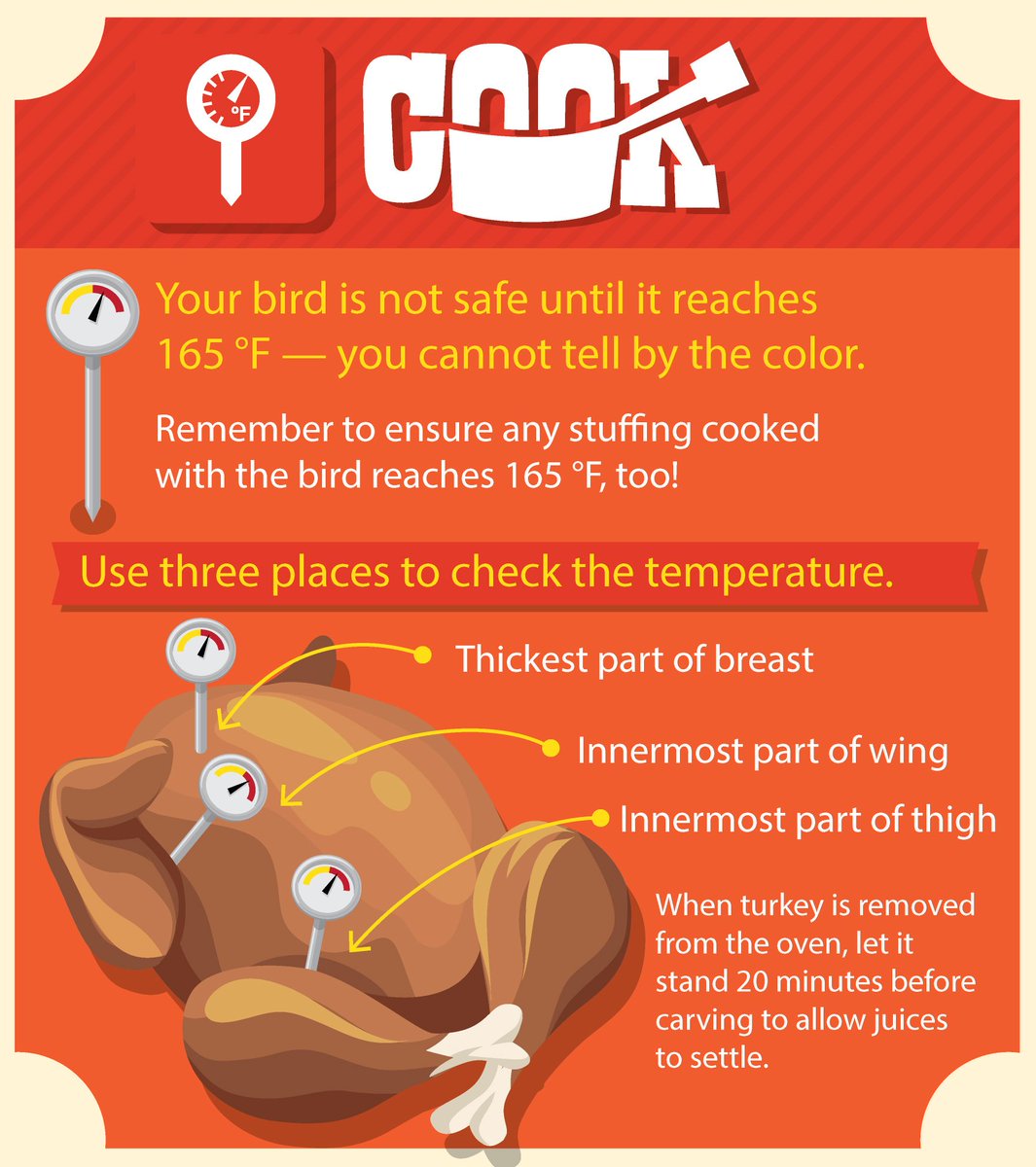
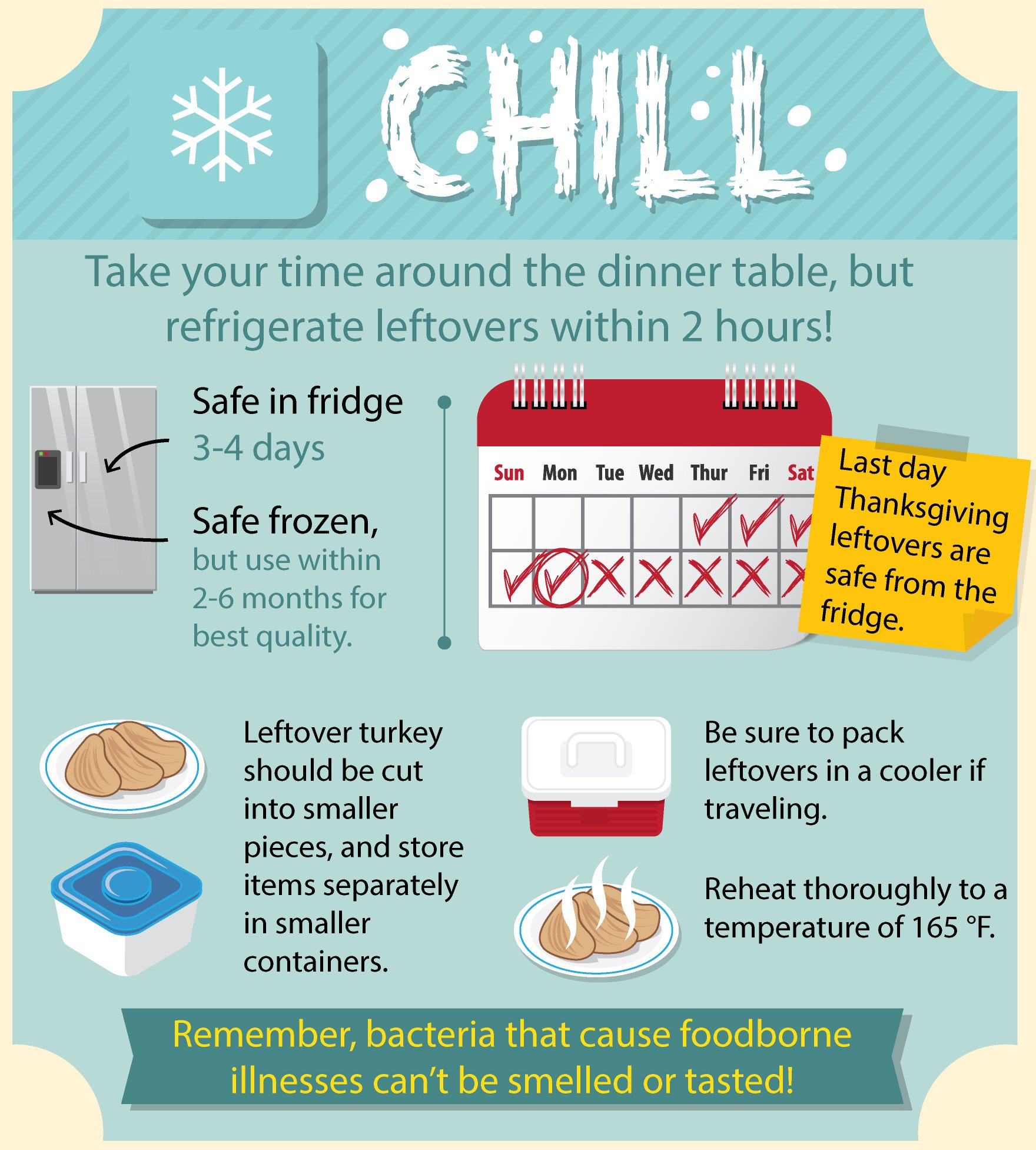


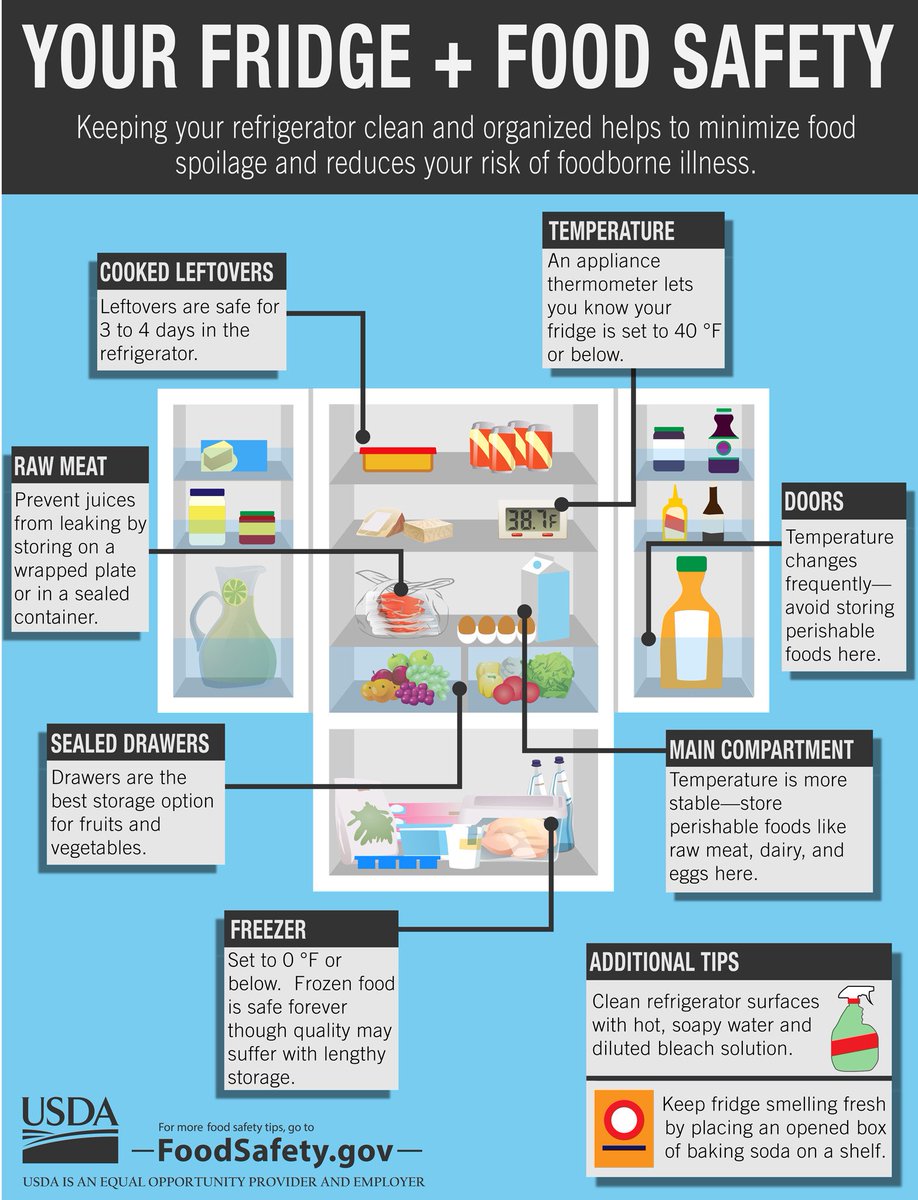
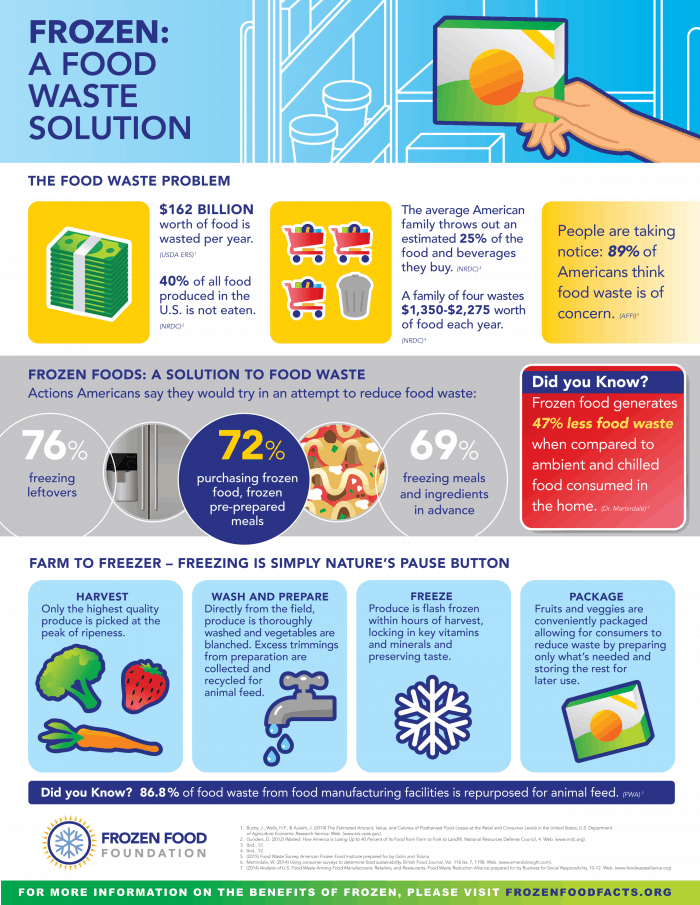 .
.